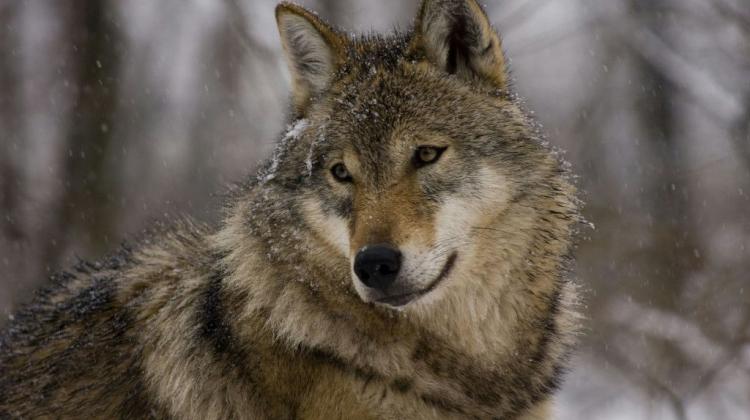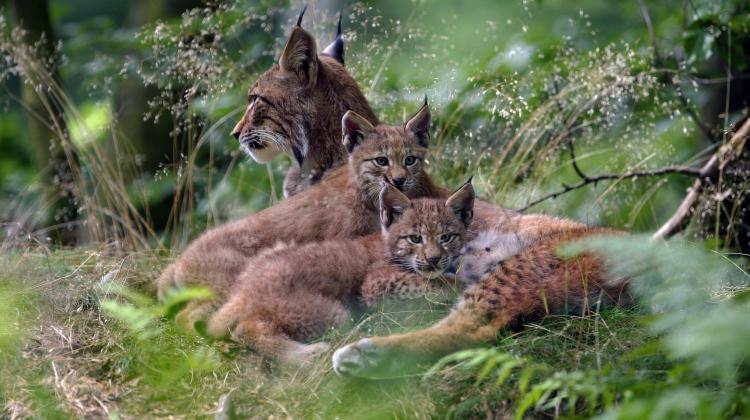Hunting can have disastrous consequences for the wolf population

For some wolf populations, hunting may have the same consequences as total extermination. This is confirmed by the study of the wolf population in western Poland, described in "Applied Ecology and Environmental Research".
This is the conclusion of Sabina Nowak from the Association for Nature "Wolf" and Robert Mysłajek from the Institute of Genetics and Biotechnology, Faculty of Biology, University of Warsaw. To assess the consequences of hunting, they analysed the condition of the wolf population in western Poland. The study included data from several decades: from the Second World War to modern times.
During that period, the wolves have gone through three periods in which the way of managing their population dramatically changed. The first period was shortly after the war (1951-1974), when the so-called wolf campaign was carried out. This species was then being exterminated by all available methods, including poisoning and removal of puppies from the burrows. Then in 1975-1998 wolf was a game species, and since 1998 it is strictly protected.
"It turned out that when it comes to wolves living in the West, both periods - the +wolf campaign+ and hunting management - had the same effect. Wolf family groups were quickly detected and extinguished. Only the strict protection of wolves throughout the country led to re-colonisation of forests of this region by wolves" - reminded Dr. Mysłajek.
Scientists have confirmed that hunting wolves from populations living far from the potential source of new individuals, in environments subject to intense human pressure - where access to the interior of the forest is very easy (through a dense network of roads) - can have a similar effect to intentional extermination.
Plans for introducing wolf culling at the edge of their range should be preceded by a detailed analysis of the viability of the population and the ecological connectivity of their habitats, the authors suggest.
Scientists now know more about the role of large predators in nature. Many experts believe that the environment in Poland could accommodate more than the current number of wolves - even 1.4-1.5 thousand.
On the other hand, in Poland there are groups interested in the possibility of hunting a number of wolves. A proposal for a management strategy for the wolf population in Poland has also been prepared. "The authors of this strategy, predominantly hunting experts, propose culling as a method of wolf population management, as is the case with bison. But it is a very controversial proposal" - explained Dr. Mysłajek.
Currently there are about 1,000 wolves in Poland - the highest number since the end of WW2. Circa 2005, wolves lived mainly in the east of the country and in the Carpathians. At present they are expanding to the western and the northern parts of Poland.
Wolves in Poland prey mainly on deer and wild boars. With a lower share of other species, these animals represent 97-98 percent of their diet. Scientists often point out that maintaining a sufficiently large population of wolves would help keep the populations of wild ungulates from growing excessively. Especially considering that they are getting larger and cause losses in agriculture.
Poland has a number of solutions to protect and manage the wolf population. They include the habitat preservation program under the Natura 2000 network (the wolf habitats are protected in more than 70 areas), ecological corridor project and ensuring ecological connectivity (through the construction of crossings over roads and motorways).
PAP - Science and Scholarship in Poland, Anna Ślązak
zan/ agt/ kap/
tr. RL
Przed dodaniem komentarza prosimy o zapoznanie z Regulaminem forum serwisu Nauka w Polsce.


















